The PERSIMMON project focuses on the development of innovative and sustainable wearable technologies designed for continuous health and sports monitoring. By integrating advanced sensor materials, biodegradable biopolymers and cutting edge manufacturing methods, the project aims to create eco-friendly smart patches that offer both high functionality and low environmental impact. These patches will be able to capture essential physiological data while being environmentally safe and biodegradable, promoting a circular economy. PERSIMMON is the natural evolution of the Horizon 2020 project SINTEC coordinated by Uppsala University and ended in June 2023. SINTEC provided a digitally printed soft and stretchable disposable patch with a soft and slim multiuse module protected under it. PERSIMMON will exploit and bring at higher technological readiness level SINTEC main results on digital manufacturing technology, miniaturized sensor boards, Fat-IBC communication, gateway and data apps, and blood pressure monitoring.
The main objective of PERSIMMON is to design and implement a multimodal bodyNET system that incorporates low-power, reusable electronics with edge-AI capabilities. This system will enable real-time monitoring of health metrics such as heart rate, temperature, and blood pressure, while reducing transmitted data and power consumption. The project places a strong emphasis on ensuring the wearability, comfort, and long-term usability of its devices, making them suitable for various applications, from home care to outdoor sports.
More information is available on the project website.
 |  |
Funded by the European Union. Views and opinions expressed are however those of the author(s) only and do not necessarily reflect those of the European Union. Neither the European Union nor the granting authority can be held responsible for them.



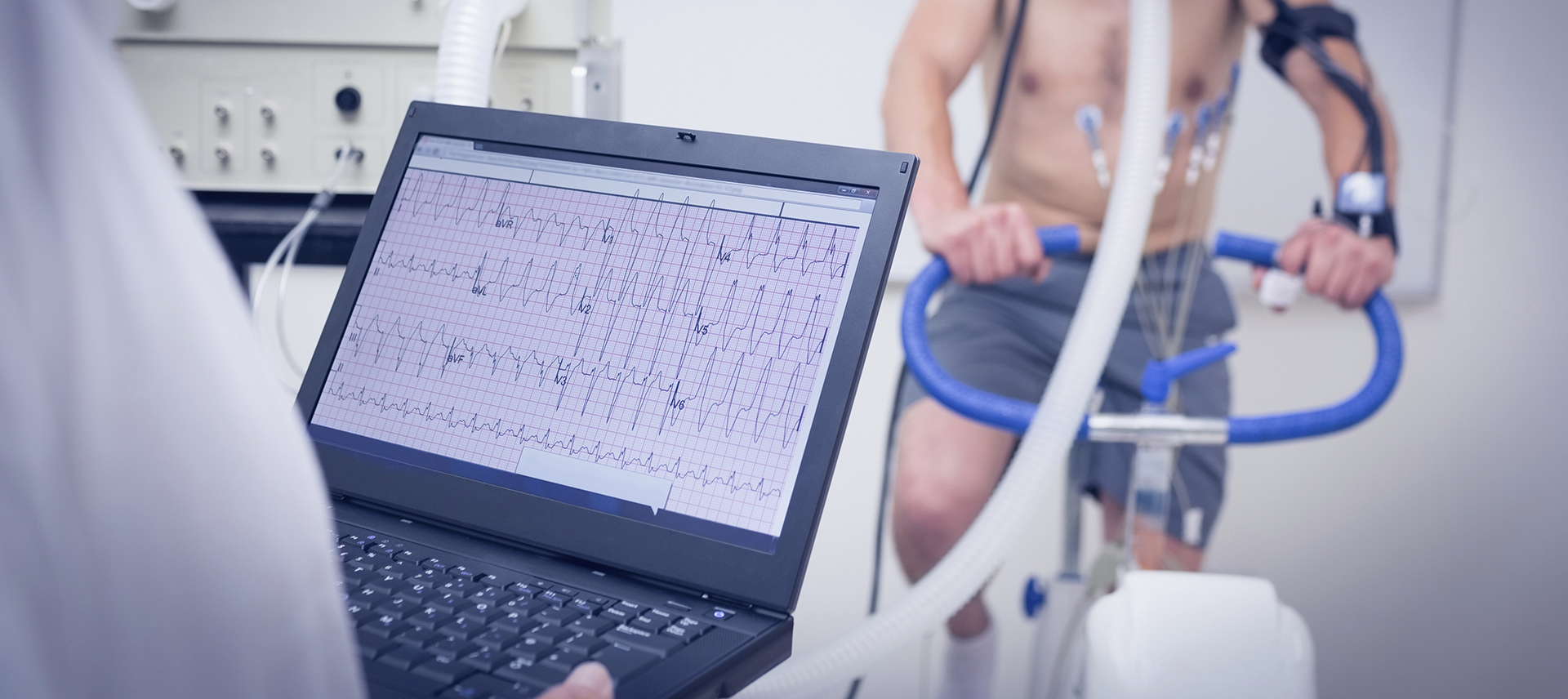










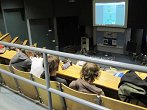





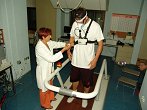

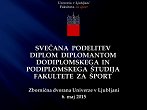
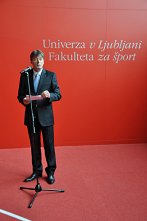











.png)